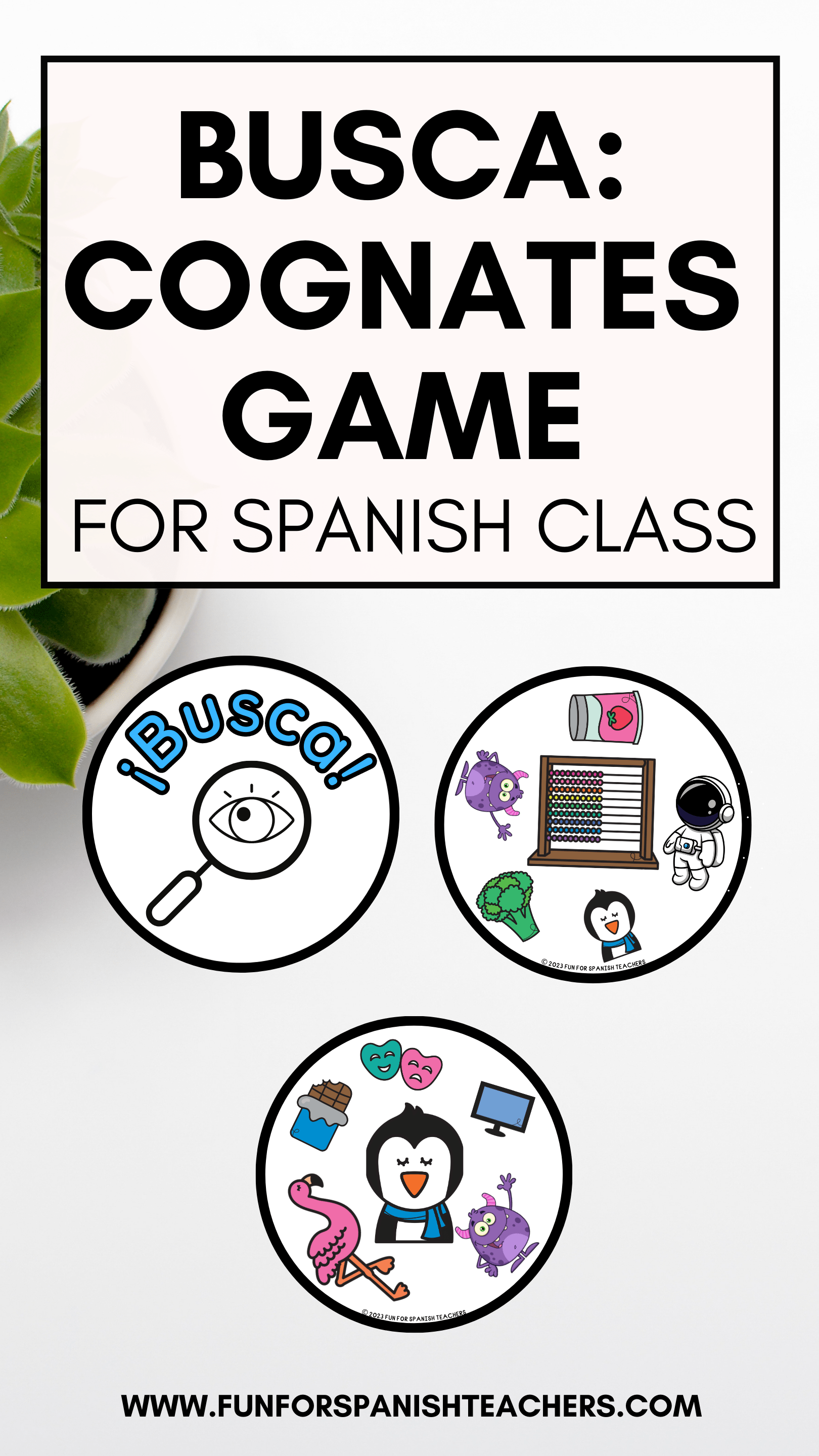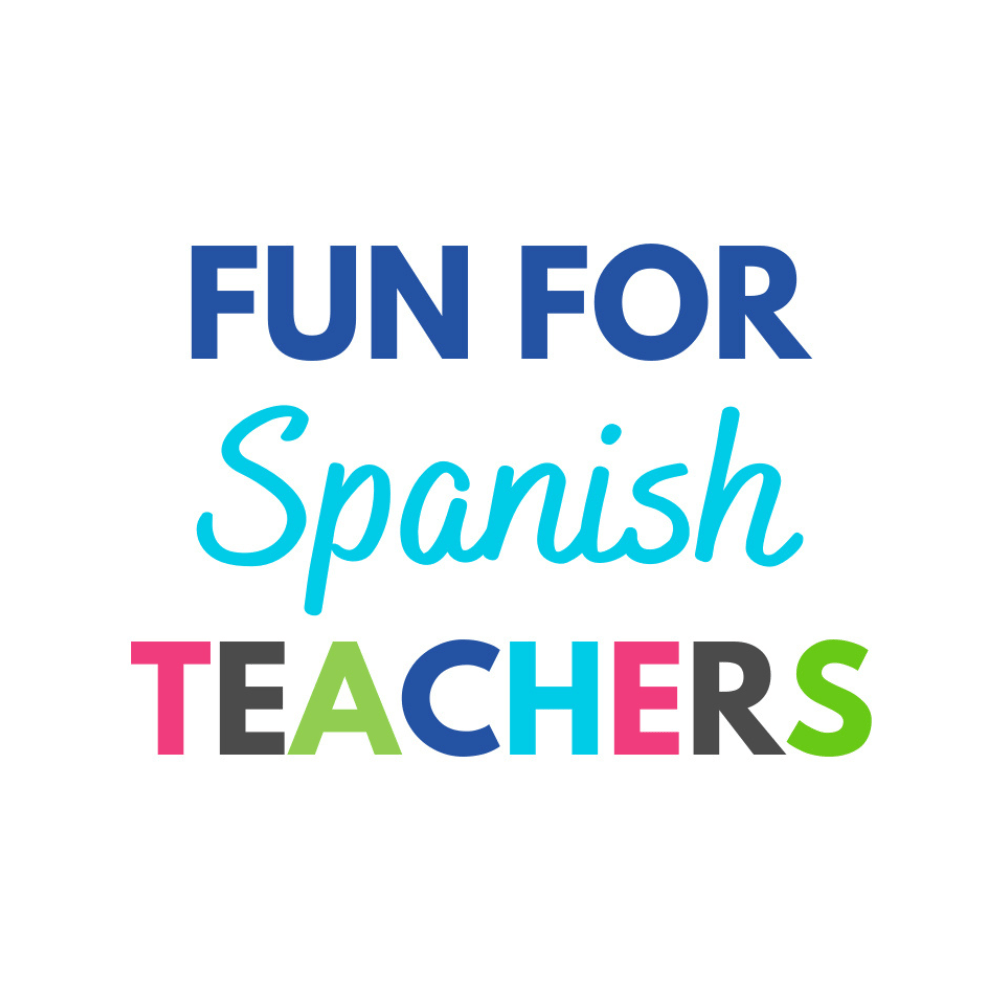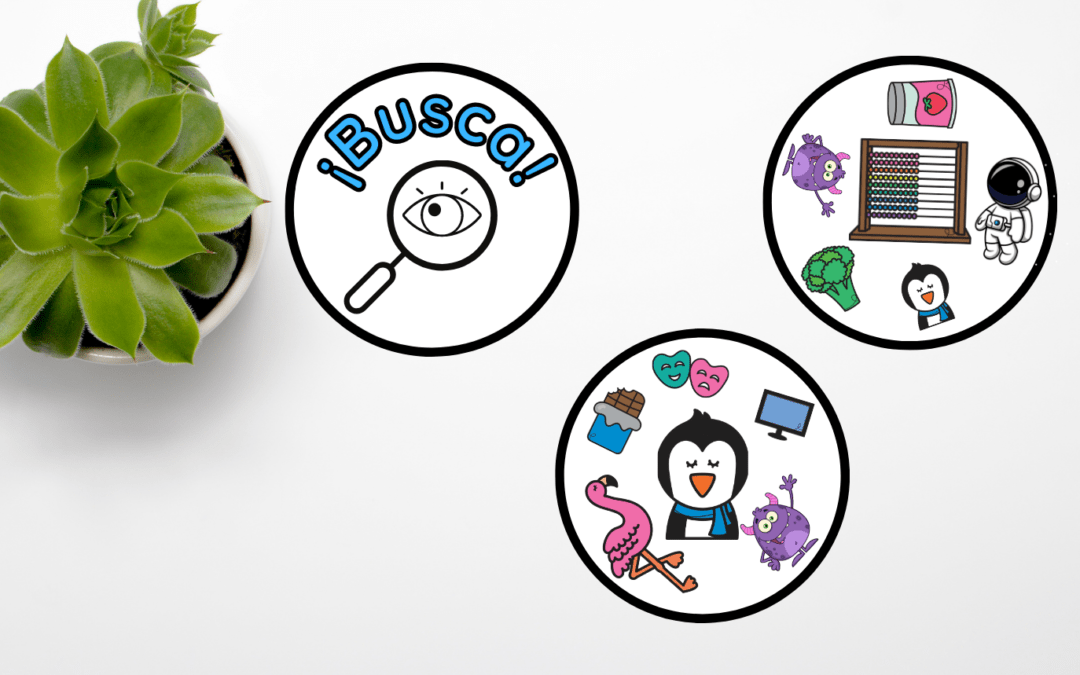Teaching a new language using cognates can be an effective and engaging approach, especially when dealing with languages that share a significant amount of vocabulary due to common origins. When introducing cognates to your students, it is helpful to start by creating a list. Here are some tips to consider when incorporating cognates into your class:
1. Find Similar Words: Look for words in the new language that look or sound like words in a language your students already know. These are called “cognates.”
2. Write the word: Something that’s helpful is writing the cognate for students to see the similarities.
3. Start Simple: Begin with basic words that people use a lot. These words are easier to learn and will give your students a strong start.
4. Show the Likeness: When you teach the cognates, point out how they look or sound alike in both languages. This makes it easier to remember them.
5. Use Pictures: Make learning more fun by using pictures. Show the words in both languages with their meanings and pictures that show what they mean.
Playing with Cognates in Spanish Class
This is a game that I use in my classes, and my students love it, so I thought I would share it with the teaching community. In preparation for this game, you will need to print at least 6 sets of the cards, and if you can, laminate them for durability. Review or introduce the concept of cognates before playing the game. I always like to start by talking about what a cognate is. Show your students the image with all the pictures and read them to your students. You can also use the small cards to review or introduce the vocabulary. Ask them if they know about other cognates to share with you. Then, talk about the rules of the game. This game is based on a few games known in the market. There are different versions, but I really wanted and needed one focusing on cognates. I have named this one “Busca.” Discuss the rules with your students.
The main goal of the game is to be the fastest to identify a matching cognate between cards. To get ready for the game, print a few sets, shuffle the cards, and give each student a card. Next, they will need to find a partner in the room. Both should cover their cards and say “1,2,3, ¡busca!” Then, they show the cards to each other and try to find the matching image. The student who finds the image first gets to keep the other student’s card. The student left without a card should get a new one. I’m usually the person passing out the cards. The game continues until you run out of cards, and one student is left with many of them. For a shorter or more challenging game, you can set a specific time limit for each round (e.g., 10 seconds).
Ready to play it in your classes? Click on the picture to download the 36 cards for the game!
Save this post for later or pin it!






